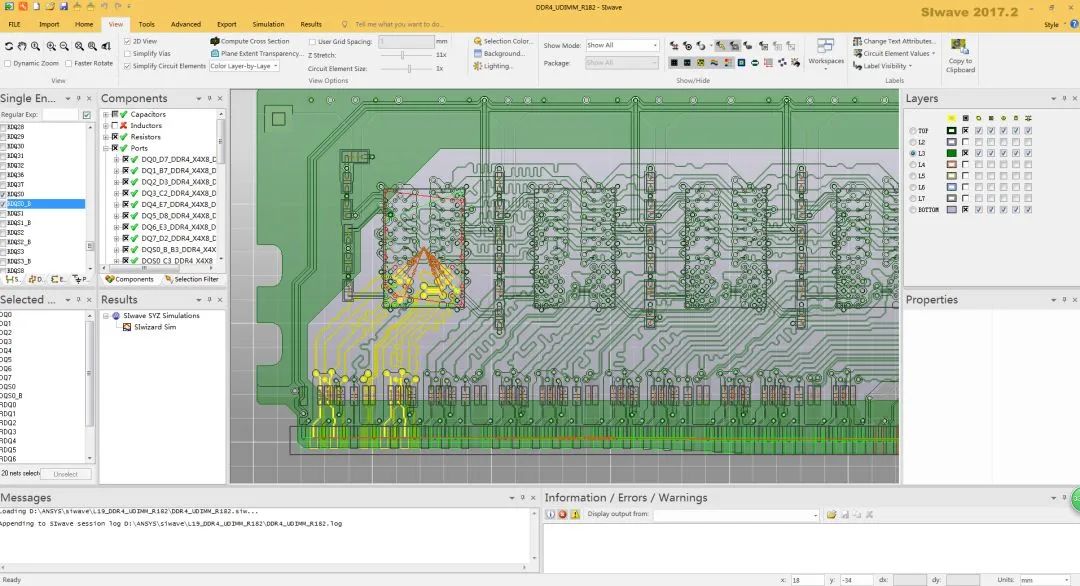
1. Different transmission rates
In addition, the speed is also increased from 3200MT/s to 4266MT/s (no OC). This is a result of faster I/O bus clocks (1600MHz to 2134MHz) and memory arrays (200-266.7MHz). The command and address bus has reserved 6-bit SDR space.
Finally, it takes up less space on-chip, and a single package can contain up to 12GB of DRAM. On the downside, LPDDR4X is not backward compatible with LPDDR4. Even if the device is compatible with faster LPDDR4 memory, it may not work with LPDDR4X.
The data transfer speed of the LPDDR4 input/output interface is up to 3200Mbps. Housed in an ultra-thin advanced package, LPDDR4X delivers the same speed as LPDDR4 while also speeding up multitasking and optimizing the user experience.

2. Different power consumption
Similar to the way DDR5 reduces voltage and power consumption, LPDDR4X does the same. It reduces the I/O voltage by 50% (1.12 to 0.61v), which greatly reduces the power consumption of the memory as well as the memory controller.
LPDDR4 low power solution with 37% lower power consumption compared to LPDDR3. The superior energy-saving solution of LPDDR4X is a further improvement in performance over ultrafast LPDDR4, which consumes 17% less power compared to LPDDR4.

in conclusion:
LPDDR4X can be seen as an energy-efficient optimized version of LPDDR4. It has the same frequency, bandwidth and operating voltage as LPDDR4.
The only difference is that the power pins on the package are designed and tested differently and are optimized for power consumption.
In short, LPDDR4X memory is an optimized version of LPDDR4 for power saving. The power consumption is reduced by about 10-20%, which is more conducive to power saving.
How about LPDDR5 vs LPDDR4X?
LPDDR4
Bus clock frequency 1600-2133Mhz, architecture 86x, voltage 1.8/1.1/1.1V
LPDDR4X
Bus clock frequency 2133Mhz, architecture 64x and 86x, voltage 1.8/1.1/0.6V
LPDDR5
Data rate 3200Mhz, architecture 64x, voltage 1.8/1.05/0.9/0.5V
The new LPDDR5 is about 1.5 times faster than LPDDR4x in terms of data transfer. LPDDR5 has a transfer speed of 51.2 Gbps and a frequency of 6,400 Mbps.
LPDDR4 and LPDDR4x are improved by using 32bit dual channel architecture (2 x 16bit). LPDDR5 will move back to a single 16bit channel, however, the number of banks in each channel has been doubled.
LPDDR4X only supports Single Bank Group, while LPDDR5 supports multi-Bank Group mode. It can be understood that the data transmission has changed from single lane to multi-lane, which further improves the transmission data bandwidth.
Since flash is much slower than CPU. To increase speed and prevent this bottleneck, DRAM uses a technique called prefetch buffers. Increasing the buffer size can further improve this performance. Samsung and Micron's LPDDR5 use the same 16bit prefetch buffer as LPDDR4.
To increase the data rate, LPDDR5 uses bank grouping, which is the same as LPDDR4.
In terms of power consumption, the power consumption of LPDDR5 has been reduced by up to 45% due to the reduced voltage and new power saving features such as DVFS, Deep Sleep Mode, DQ Replication and WriteX.
In addition, LPDDR5 is expensive. At present, only high-end flagship mobile phones use LPDDR5, and most of them still use LPDDR4X. However, with the continuous advancement of technology, LPDDR5 is gradually replacing LPDDR4X.
To put it simply, LPDDR5 has three major advantages, namely, multi-lane Bank Group architecture, speed leap-forward upgrade up to 50% performance improvement, and ultra-low power consumption.
At this stage, LPDDR5 is good or not, but it does not have a very big impact on the performance of mobile phones, so friends who use LPDDR4x should not be in a hurry to change to LPDDR5.